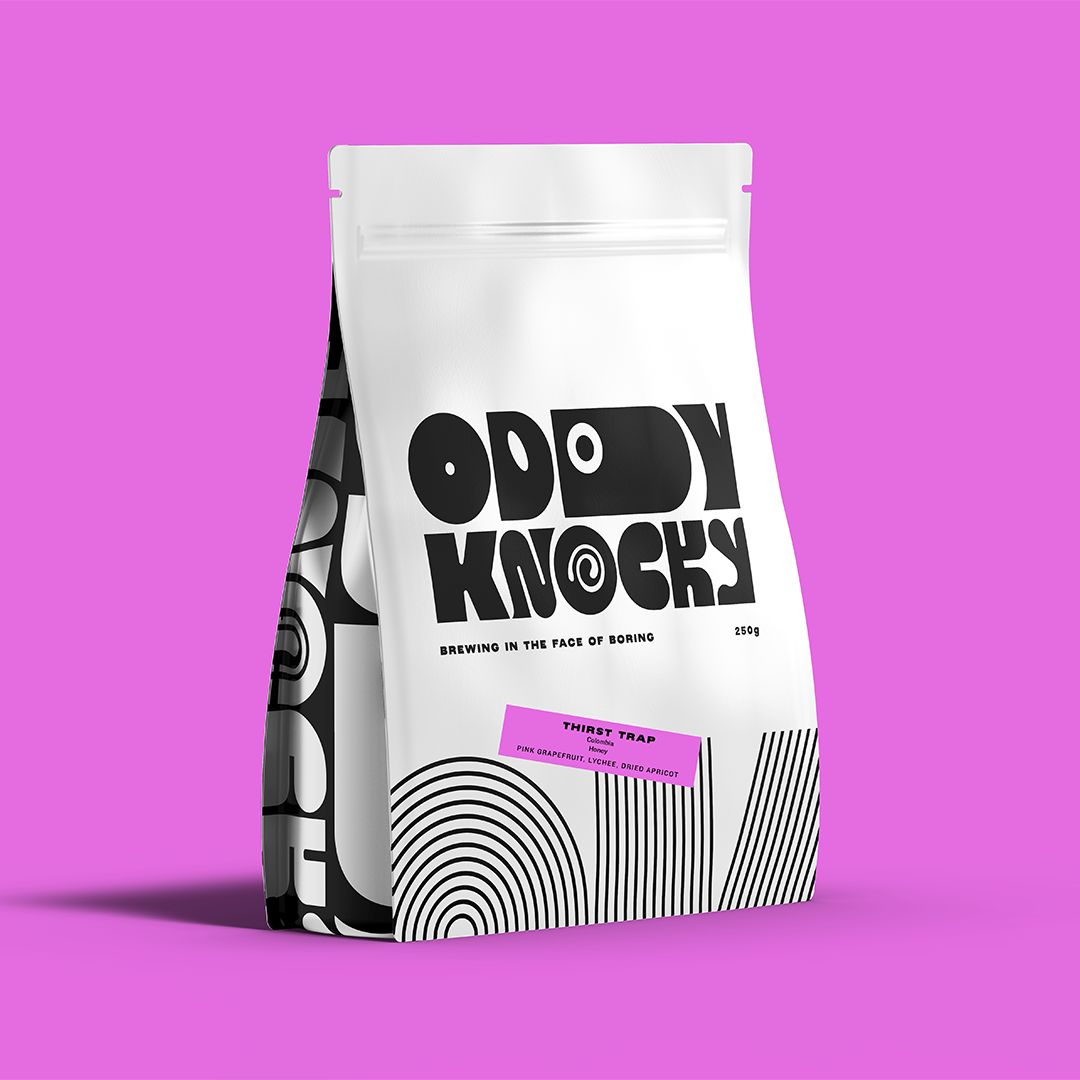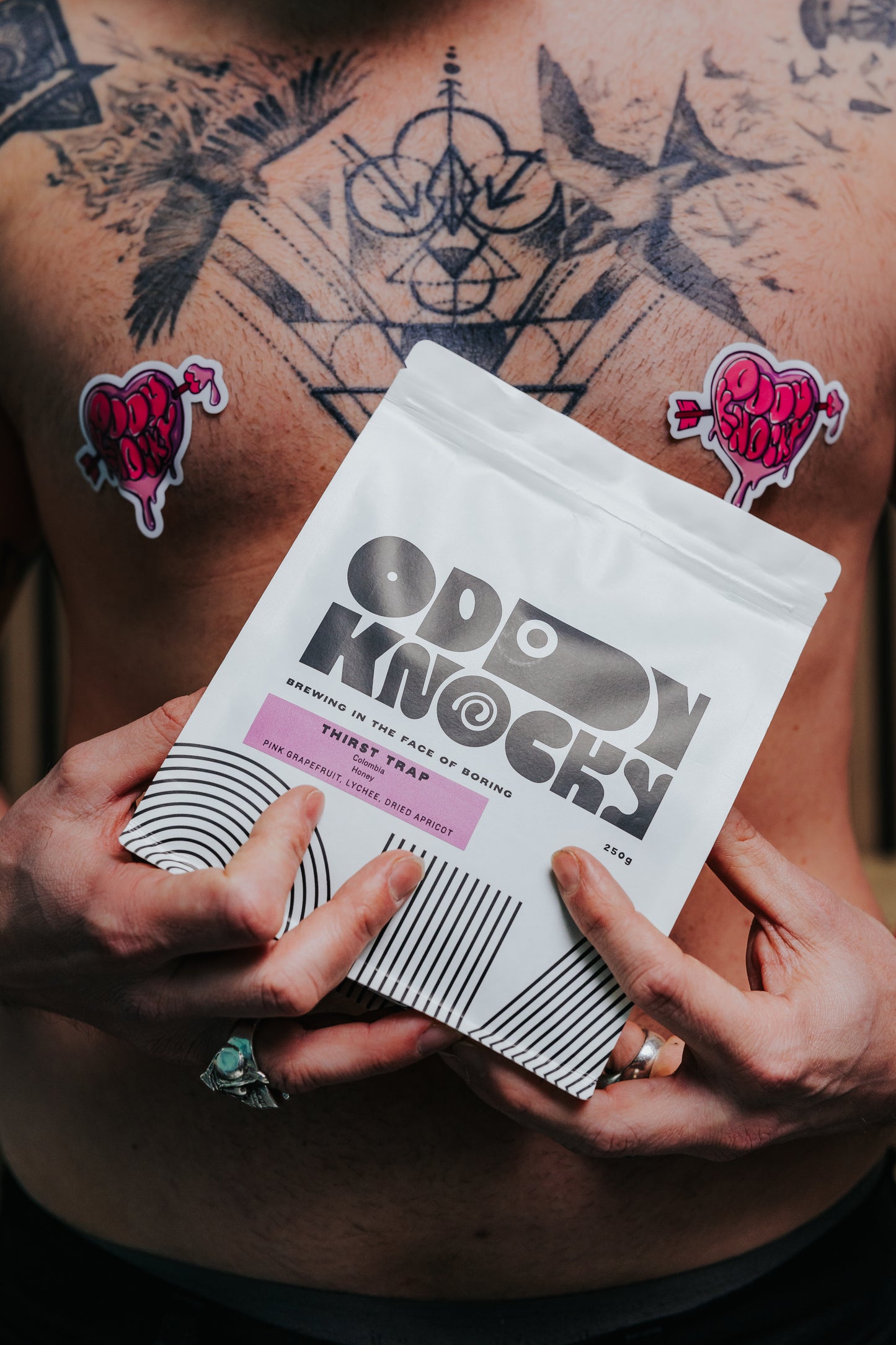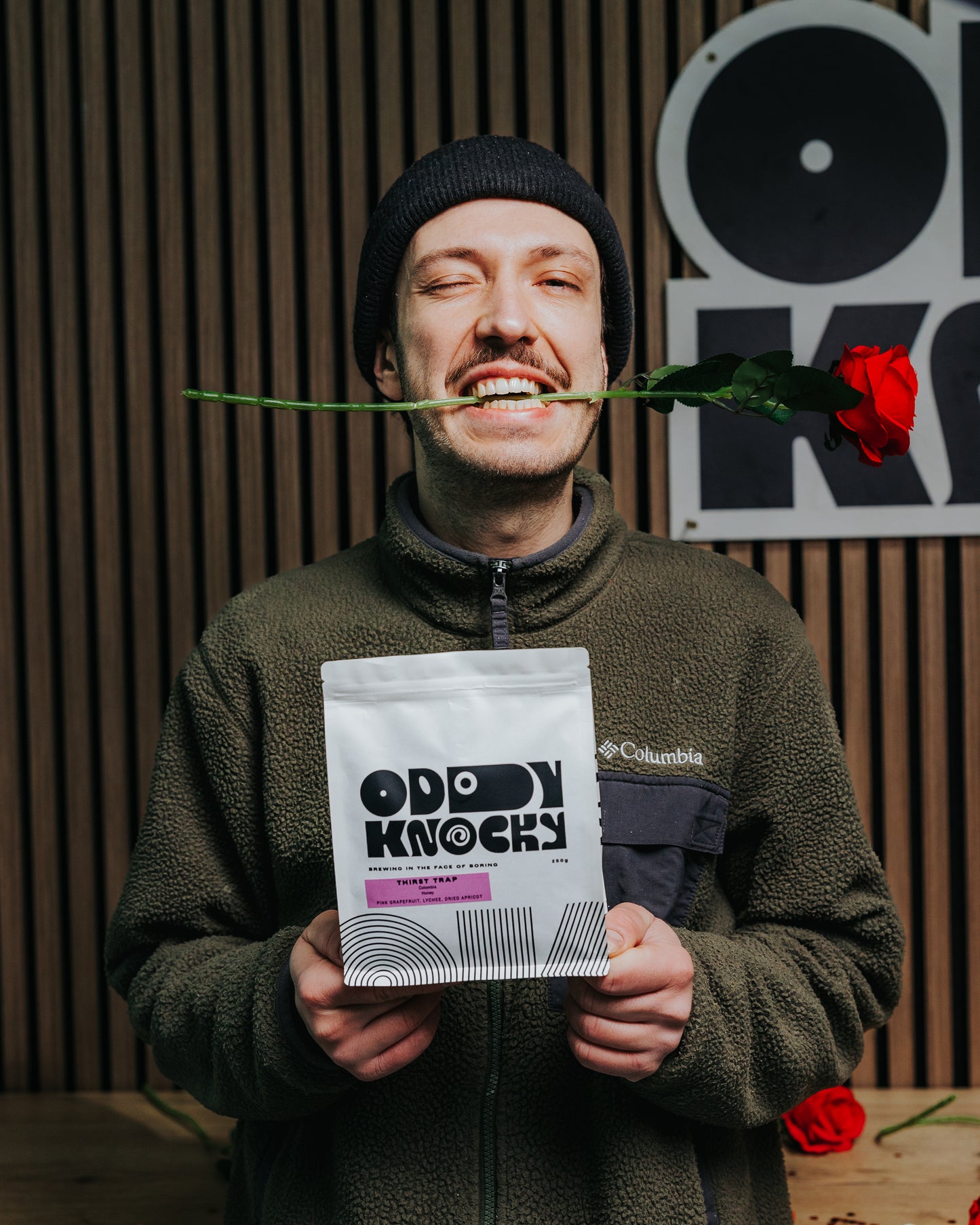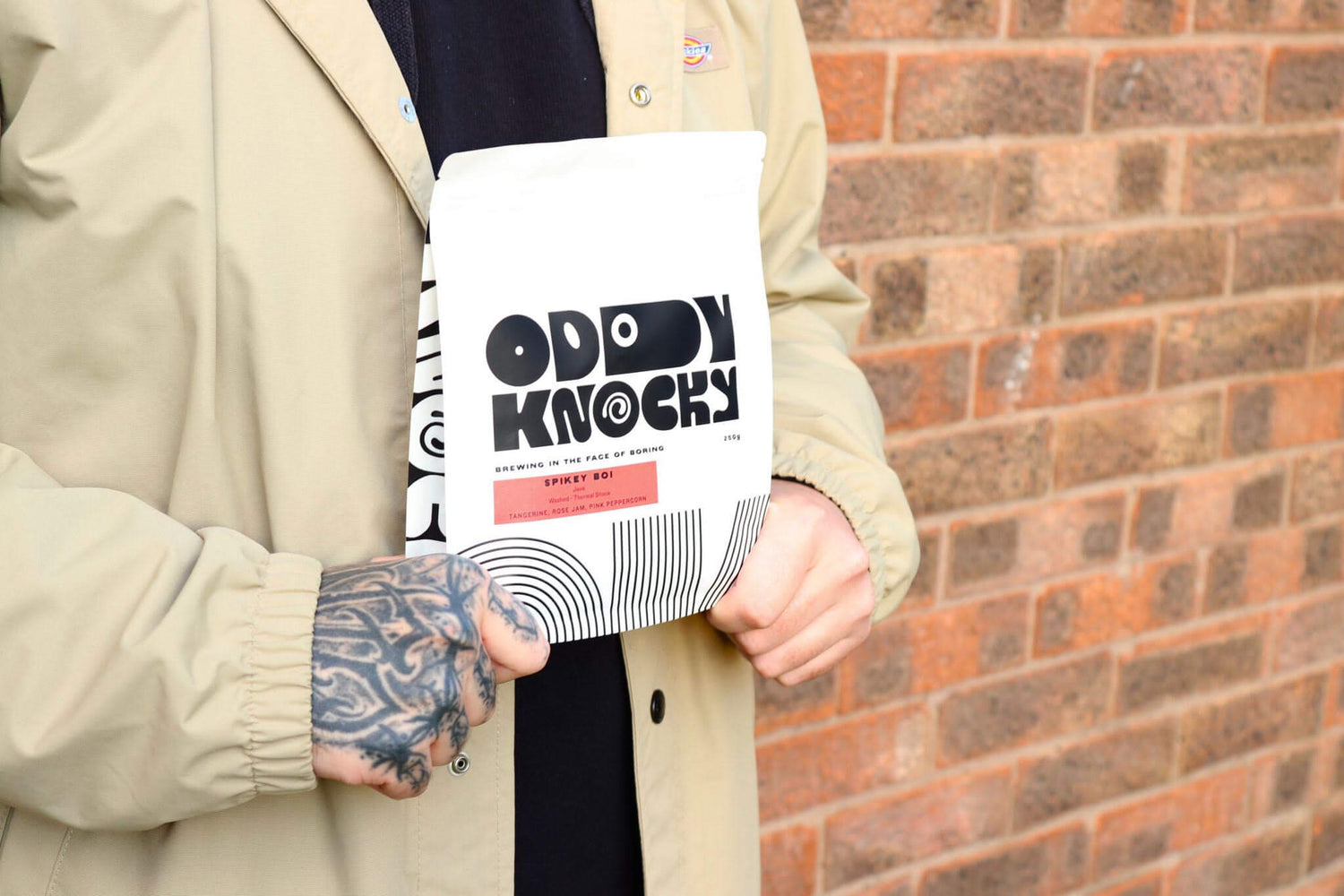Producer Info
This honey processed Pink Bourbon has been picked from less than 1000 trees and is Don José Navor’s pride and joy.
La Esperanza farm is a family affair. When José Navor moved to Santuario in 1998 with his wife and 7 kids, they bought a family farm in Vereda Cominal at 1900 meters above sea level. The family eventually bought a second farm at 1750m called La Esperanza, with the vision of creating a project centred around specialty coffee where José Navor (73) can work on his own terms.
José Navor has around 30000 trees, mainly Castillo and a few other varieties, among them Pink Bourbon and Geisha. Following the advice of his son Edier (manager of Asocafe Tatama), José Navor now focuses entirely on optimising his production. This involves designing processes, and manipulating fermentation recipes, as well as following through to a meticulously managed drying stage to produce specialty lots with excellent results in the cup.
Process Info
The honey process is a meticulous and semi-washed coffee processing method that lies between the natural (dry) and washed (wet) processes. It is particularly renowned for preserving sweetness, body, and vibrant flavor characteristics in coffee beans. In the case of a Pink Bourbon, a prized coffee variety celebrated for its delicate floral and fruity profile, the honey process enhances its complexity and sweetness.
Key Steps in the Honey Process:
1. Harvesting: Only ripe Pink Bourbon cherries are hand-picked to ensure uniformity in quality. This variety is known for its pinkish hue when mature, which contributes to its unique profile.
2. Depulping: The outer skin of the cherries is removed, but a portion of the sticky, sugary mucilage (the “honey”) is left clinging to the beans. The amount of mucilage left determines whether the coffee is classified as white, yellow, red, or black honey process, with black being the most mucilage-heavy and fermented.
3. Drying: The beans, still coated in mucilage, are spread out to dry on raised beds or patios. This step is crucial, as the mucilage ferments slightly, infusing the beans with additional sweetness and complex flavors. The drying process can take weeks, requiring frequent turning to ensure even drying and prevent mold or over-fermentation.
4. Milling: Once dried to the desired moisture level, the parchment layer is removed to reveal the processed coffee beans.
Flavor Impact on Pink Bourbon:
For a Pink Bourbon processed via the honey method, you can expect:
• Enhanced sweetness, often reminiscent of honey, caramel, or panela.
• Fruity and floral notes, such as berries, stone fruit, or jasmine, are amplified.
• A balanced acidity with a creamy body, creating a syrupy, velvety mouthfeel.
• Complex depth, where the vibrant and nuanced characteristics of Pink Bourbon shine through.
This process demands significant attention to detail, patience, and skill, resulting in a distinctive cup profile that highlights the best of both the coffee variety and the processing method.




















